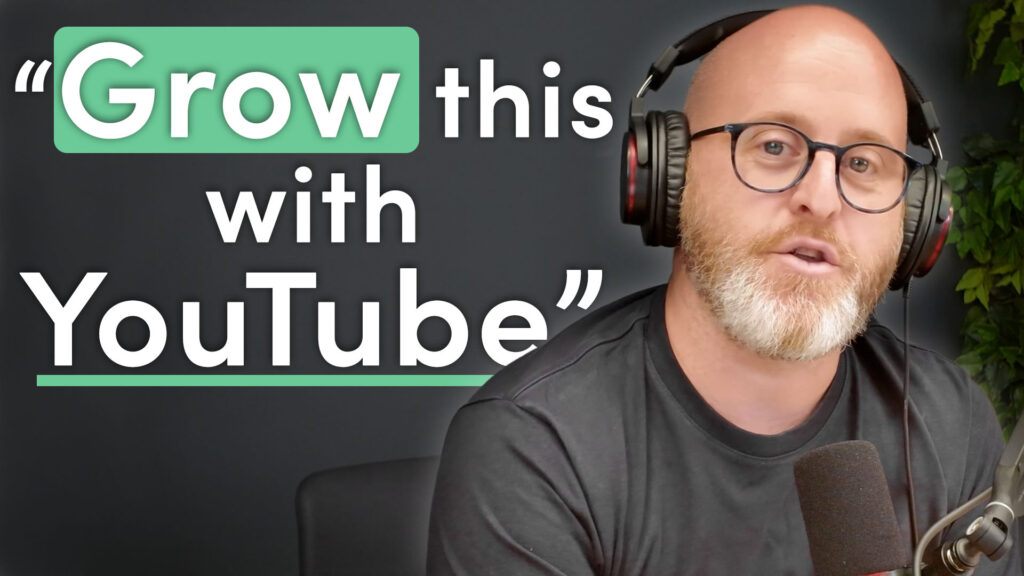This week we had the pleasure of having Kane Dowell on the podcast, the Founder and MD of Ask Mummy & Daddy: a gourmet confectionery brand with a playful name and serious potential.
With a turnover of over £1 million, the business is thriving in the wholesale world, but now, the team wants to ramp up its direct-to-consumer (D2C) side.
This podcast episode explores what it takes to transition a successful B2B product into an ecommerce powerhouse.
Business overview
Founder Kane Dow built Ask Mummy & Daddy into a respected gifting brand known for its luxury packaging and wide appeal. The brand is stocked in major retailers like Selfridges, Liberty, and Moonpig, while also exporting globally to markets including Australia, the Middle East, and Hong Kong.
With a 7-person team, the business generates over £1M annually, but 90% of that revenue is still B2B. D2C makes up less than 10% of turnover, a figure Kane wants to grow into six figures annually.
Current marketing strategy
So far, their approach to digital marketing for D2C is still in its early stages. The team is spending around £1,000 per month on Google Ads, primarily through Performance Max campaigns, and sending occasional email campaigns via Klaviyo.
While their organic brand is strong, with good repeat purchase rates, their Meta Ads are currently paused due to account issues, and they’re still building momentum with traffic and conversion growth.
Key marketing challenges
Despite beautiful branding and clear product-market fit, Kane and the team face classic D2C hurdles. They need to drive more traffic to the website, grow a meaningful social following, and build their email list. But it all ladders up to one big challenge: how to acquire new customers cost-effectively.
Platform performance insights
Initial results from paid search have been promising. In the first six weeks, £724 of ad spend delivered around £1,477 in revenue, roughly a 2x ROAS. However, most conversions are coming from brand searches. Their campaign setup includes a feed-only campaign, along with a split between brand and non-brand terms, but Performance Max needs more first-party data to improve efficiency.
Before scaling, they’ll need to double-check that brand and non-brand campaigns are separated, upload email lists for smarter retargeting, and review their attribution models. Adding Demand Gen campaigns could also help with upper-funnel visibility.
Creative insight
UGC content tends to outperform polished creative for sweets and gifting brands on platforms like Instagram and TikTok. Ask Mummy & Daddy’s bright, vibrant photography works well, but consistency is key, especially when video content can feel dull by comparison. Creative should reflect the fun, colourful nature of the product and the energy of the brand.
Opportunities for growth
If the brand wants to hit its D2C goals, a few strategic shifts could make a big difference. Increasing the average order value from £18 to £25 – £30 through bundling, upsells, and special offers would boost revenue without increasing acquisition costs. There’s also room to push their new subscription model harder, and improve the checkout experience with better cross-sells and timely incentives.
Restarting Meta Ads could reintroduce powerful retargeting and customer discovery, while Pinterest Ads may be worth testing given the visual, gift-friendly nature of the product range.
Strategic next steps
To grow D2C into a major revenue stream, the team will need to blend commercial planning with creative consistency. They should map out clear revenue targets, for example, 25 D2C orders per day would deliver around £180,000 per year. Understanding lifetime value (LTV) will also help them set realistic cost-per-acquisition targets across paid platforms.
On the organic side, tools like Google Search Console can help them assess brand versus non-brand search visibility. Strengthening Klaviyo flows will increase returning customer revenue. Meanwhile, a combination of demand capture (search and retargeting) and demand generation (social and video content) campaigns will help build scale.
Above all, adopting a test-and-learn mindset across creative, channels, and offers will be essential for finding what sticks and growing sustainably.
___
👋 Never miss an update. Sign up for our weekly newsletter.
👉 See our Home & garden stories (case studies) to discover how we grow brands online.
👉 Subscribe to our YouTube channel.
👉 Follow our Grow with Evergreen podcast on Spotify, YouTube & Apple Podcasts.
👉 Register your interest in our Home & Garden Club






